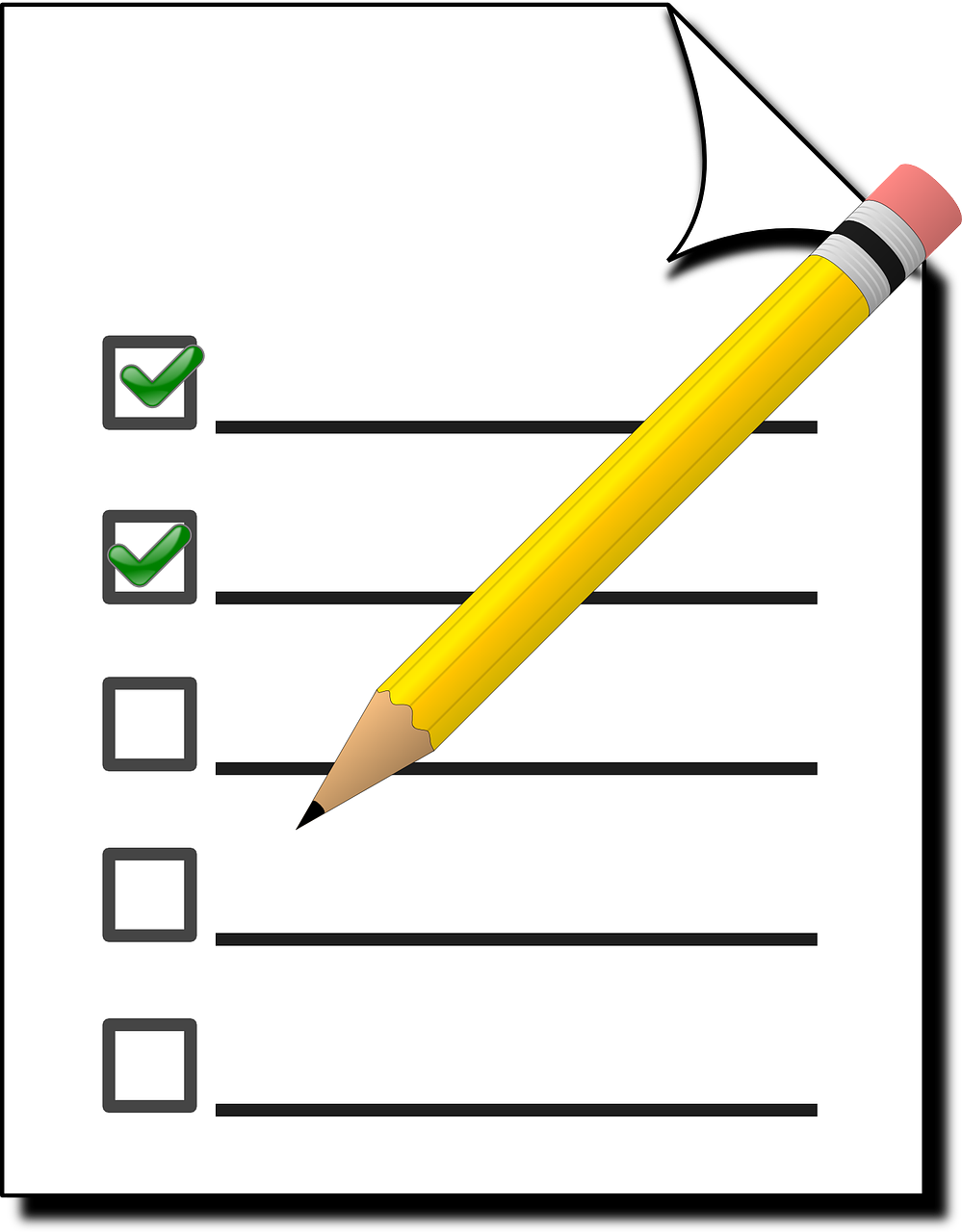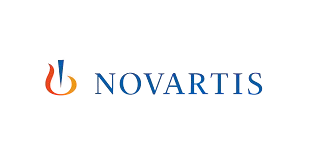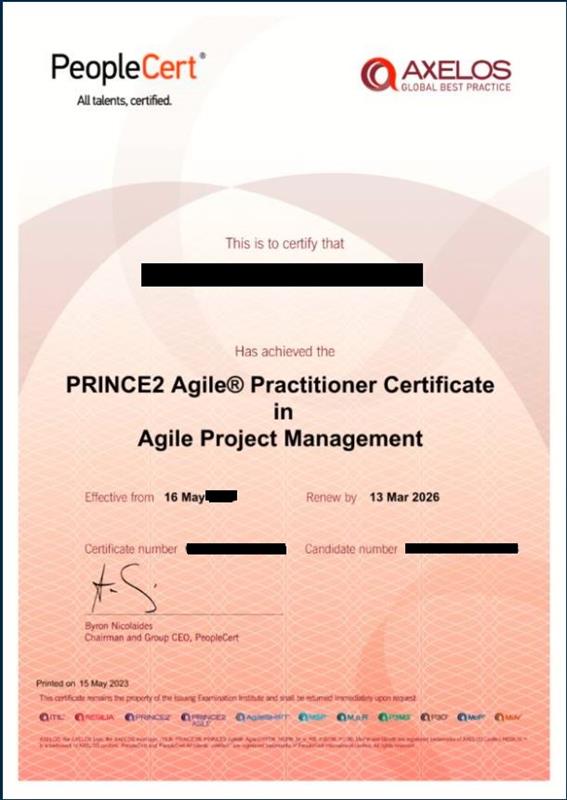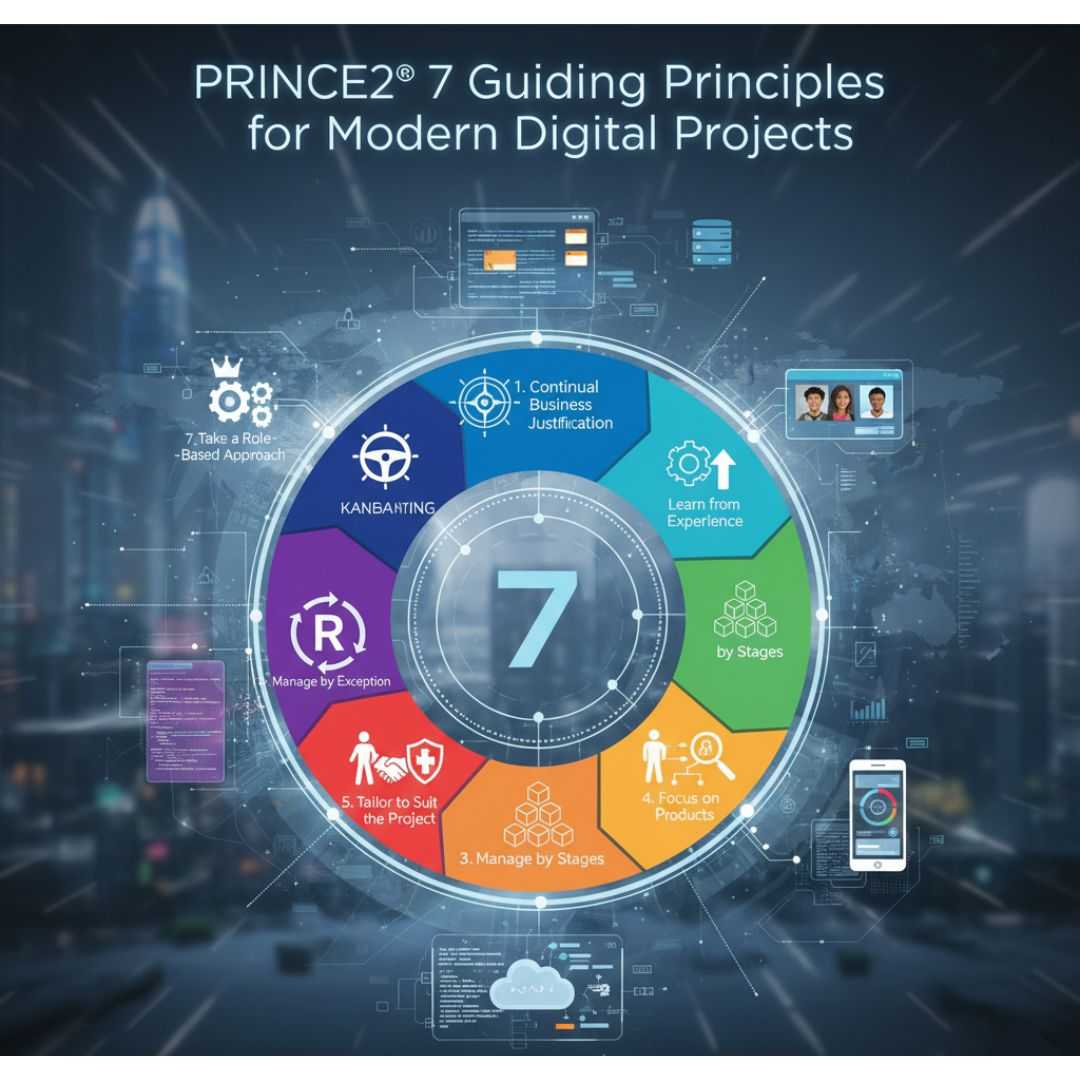Virgin Islands (British): Key Features of ScholarAcads PRINCE2 Agile Practitioner V2 Certification Course
Why Virgin Islands (British) Professionals Trust ScholarAcad for PRINCE2 Agile Practitioner V2 Course
1. Module: Explain the differences between projects and BAU (Business as usual)
Describe agile and its common approaches, how and why agile approaches have developed, and where they are used
Describe the history of agile, its contrast to the waterfall way of working, and how the Agile Manifesto fits in
Describe the different levels of agile maturity and well-known agile frameworks
Describe behaviors, concepts, and techniques that characterize agile
Define the PRINCE2 Agile view of 'agile
Describe Kanban, the Kanban method, and its six general practices, including the use of Cumulative Flow Diagrams (CFDs)
Describe the core concepts of Lean Start-up
Describe the use of workshops
Describe how to transition to agile
Define Scrum theory and explain the nature of the Scrum team, Scrum events, Scrum artifacts, and Sprints
2. Module: Describe the Complementary Strengths of PRINCE2 and the Agile Way of Working
Define who can benefit from using PRINCE2 Agile and in what contexts/situations
Define the makeup of PRINCE2 Agile (frameworks, behaviors, concepts, techniques, focus areas
Explain the eight' guidance points' Explain how PRINCE2 controls and governance can enable agile to be used in many environments
Describe what a typical PRINCE2' project journey' looks like in an agile context
3. Module: Explain the Purpose and Use of the Agilometer Throughout a Project
Describe the six sliders used on the Agilometer, explain their significance, and how to improve them
Describe in detail requirements terminology, decomposition, and prioritization, including Moscow and Ordering
Explain how requirements prioritization is used
Explain the rich communication focus area, its importance, and its key techniques
Explain how to manage frequent releases and the benefits of 'failing fast'
4. Module: Describe How to Use the 'Hexagon' about the Six Aspects of Project Performance
Explain the use of tolerances in terms of what to 'fix' and what to 'flex' about the six aspects of project performance
Describe in detail each of the five targets that underpin the use of the hexagon
Explain why the 'fix and flex' approach is good for the customer
5. Module: Describe in Detail the Five PRINCE2 Agile Behaviors (Transparency, Collaboration, Rich Communication, Self-Organization, Exploration)
Explain that agile needs to be incorporated in all seven PRINCE2 processes and all seven themes but that the amount appropriate to each will vary depending on the project context
Describe the two common organization roles of Scrum master and Product owner
Explain how to adjust roles, including the use of specialist roles and the options for team organization in a project
Define the makeup of a typical delivery team
Describe servant leadership, its use, and importance
Describe how to define working agreements
Describe quality setting techniques, including 'definition of done' and the use of acceptance criteria
Describe quality testing, quality checking, and management techniques
Describe approaches to planning and typical planning techniques
Describe approaches to risk and how agile concepts mitigate many typical risks
Describe how blending PRINCE2 with agile approaches controls, responds to, and minimizes the impact of change, including risk management and configuration management
Describe how empowered self-organizing teams handle change dynamically within set tolerances
Describe common feedback loops and their importance
Describe progress monitoring techniques, including use of 'work in progress' boards, burn charts, information radiators
Describe in detail agile techniques that may apply to each PRINCE2 process, including Cynefin
Describe how to flex the 'Direct a Project' stage and the benefits of collaborative working
Describe how to 'manage by exception' with emphasis on empowerment, quantity of deliverables, rich information flows, and value of deliverables
Explain why PRINCE2' stages' may not be required, including the use of timeboxes and Scrum of scrums
Describe typical output mechanisms when 'Controlling a Stage' and 'Managing a Stage Boundary'
Describe the use of retrospectives and how to make them effective
Describe approaches to managing product delivery, including Scrum and Kanban
Explain how to define work packages, product descriptions, quality criteria, and tolerances
Give guidance on behaviors, risk, and the frequency of releases
Explain how to manage stage boundaries and the similarities between a stage and a release
Explain how to assess the quantity, quality, and benefits of stage deliverables
Explain how to effectively close a project, including evaluation of the use of agile
Describe how to tailor PRINCE2 products, including work packages, highlight reports and checkpoint reports
Describe in detail agile techniques that may apply to each PRINCE2 theme, including requirements, defining value, and user stories
Describe guidance on the use of contracts
Describe PRINCE2 Agile delivery roles
Explain how to use the health check
Describe the fundamental values and principles of agile
Outline tips for the PRINCE2 Agile project manager
View More
Enrollment Guidance for PRINCE2 Agile Practitioner V2 Virgin Islands (British)

Ideal Participants of PRINCE2 Agile Practitioner V2 Certification Candidate Eligibility Virgin Islands (British)
No specific prerequisites: Anyone can take the PRINCE2 Agile Practitioner certification exam.
It is highly recommended to have the PRINCE2 Foundation certification before taking the PRINCE2 Agile Practitioner exam.
Enroll in a PRINCE2 Agile Practitioner training course to learn the PRINCE2 Agile methodology.
Exam: Take the PRINCE2 Agile Practitioner exam, which consists of 60 multiple-choice questions. A score of 55% or higher is required to pass.

PRINCE2 Agile Practitioner V2 Among Highest Paying Virgin Islands (British)





















PRINCE2 Agile Practitioner V2 Training Course Delivery Option for Virgin Islands (British)
21-Day Roadmap to PRINCE2 Agile Practitioner V2 Certification Exam Success: Virgin Islands (British)

Familiarize yourself with the exam structure, including the number of questions, time limit, and types of questions
Thoroughly understand the principles, processes, and techniques of PRINCE2 Agile?.
Read and understand the official PRINCE2 Agile? manual.
Solve as many practice exams as possible to test your knowledge and identify areas where you need improvement.
Connect with other PRINCE2 Agile? candidates to share knowledge, discuss topics, and stay motivated.
Develop a structured study plan that covers all the essential topics. Allocate sufficient time for each topic based on your understanding and exam requirements.
Practice relaxation techniques to manage exam-day stress.
Excel Professionally with PRINCE2 Agile Practitioner V2 Certification Virgin Islands (British)

Learning Objectives
General Frequently Asked Questions
View More
View More
View More
View More
View More
View More
Expert Articles on PRINCE2 Agile Practitioner
Read More...
Read More...
Read More...
Virgin Islands (British): A Hub for Technology, Learning, and Careers
The British Virgin Islands (BVI), a British Overseas Territory in the Caribbean, is leveraging technology to enhance tourism, finance, and governance. Its main island, Tortola , hosts government offices and emerging tech initiatives.
Key Locations
- Road Town : The capital city, hosting government institutions and tech-focused initiatives.
- Tortola : Known for its tourism industry, with increasing adoption of digital tools for hospitality and travel.
Why These Skills Are in Demand
The BVI is focusing on digital transformation to support sustainable tourism and financial services. Key skills in cybersecurity, blockchain, and fintech are essential.
- Cybersecurity : Protecting critical systems in finance, tourism, and government is vital. As the BVI expands its digital footprint, professionals skilled in cyber resilience ensure safety against cyber threats.
- Blockchain and Fintech : The BVI is exploring blockchain applications for secure transactions and financial services. Skills in cryptocurrency and decentralized finance (DeFi) are gaining traction.
- Tourism Tech : Developing apps and platforms for booking, customer engagement, and sustainability tracking is becoming essential. Technologies like IoT and AI are being integrated into tourism operations.
Need More Information ?
Have more questions or need personalized guidance ?







